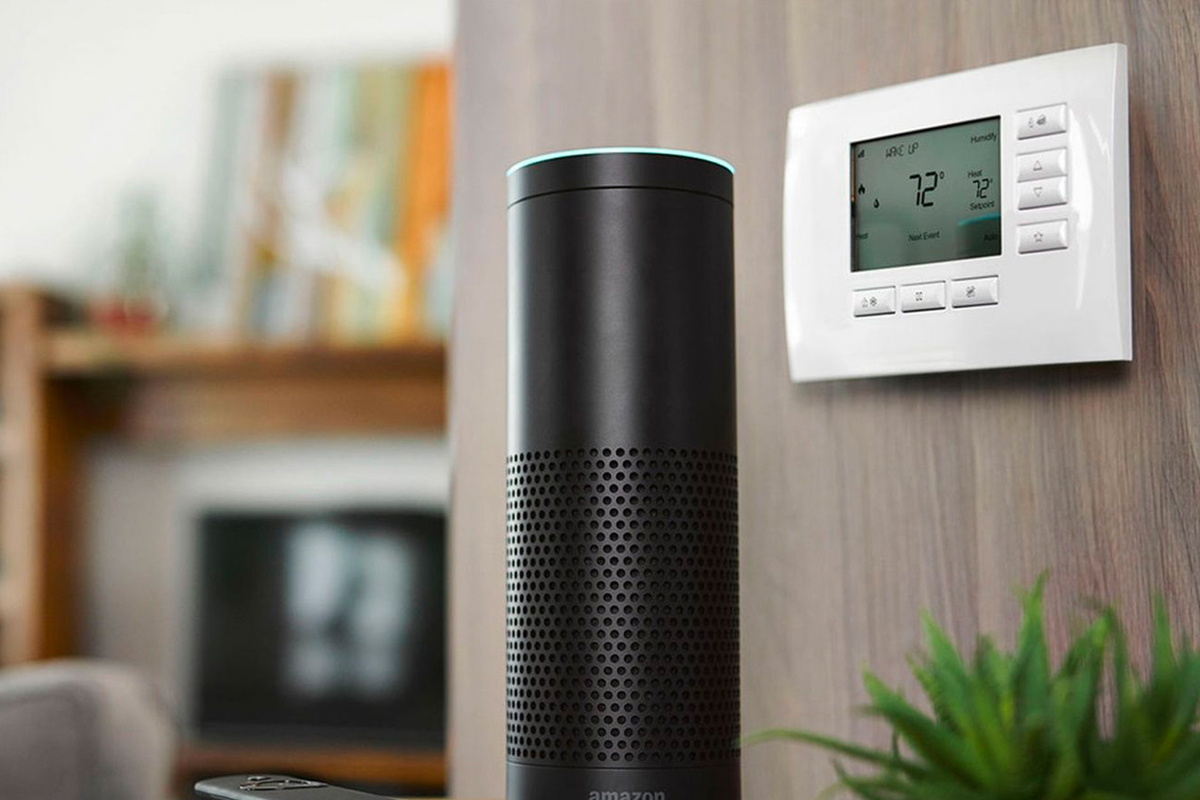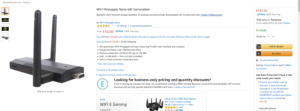Home Network Security
Your home network security has never been more important than it is now. Cybercrime is now the world’s biggest criminal growth industry and globally is now bigger than the drugs trade.
To see just how big the threat is you can visit secplicity.org/threat-landscape. The secplicity website gives you an indication of the number of threats that have been blocked just by one manufacturer of network security products. So as you can see from this screengrab, in May, more than 11 million malware attacks were blocked. Perhaps more remarkably, about 56% of those were in the EMEA region.
There are essentially two types of network hacker. Those that do it for fun/the challenge. These are the “vandals of the internet” and in most part are just trying to make things stop working and create an annoyance. Then there are the criminals.
Criminal attacks are generally ransomware attacks. This is where the criminal bypasses your home network security by sending an email with a link, or an executable file. Clicking on the link downloads some malware which encrypts files and searches for other servers on your network with more files that it can encrypt. The hacker then contacts you requesting payment of a ransom in Bitcoin to buy the decryption key, which they then may or may not send you depending on the ethics of the criminal. And based on the fact they have already encrypted your files and caused no end of hassle, their ethics are certainly not something you should be relying on.
And of course, by the time you realise you have malware on your device, it’s already too late.

Email spam is the most common method for cyber-criminals to spread malware. 91% of cyber attacks start with an email. The hacker sends an email that appears to come from a legitimate source in a bid to get your login details. This was an approach used widely quite recently. An email was sent out to people that appeared to come from Netflix asking them to login to their account as it had been suspended. You can see from the image below that it all seems legitimate. But it is very easy to spot that this is not in fact from Netflix. For a start, the URL is netflix-activate.com. It is simple to register a URL that someone might think is from a legitimate source, for example, netflix-reactivation.com is available at the time of writing for just £8.14. sky-account.com is also available for £8.14. Criminals can then use the livery from the legitimate site using software such as sitesucker and dress up their email to look like it is from Netflix or Sky. Once you click on the link that’s it, they have you.
You may input your login and password information, you even be asked to update your card details, which of course you do. They then have you credit card info and will use it for their own gain.

With the abundance of do-it-yourself, internet of things devices now available, not every manufacturer is as stringent with their security measures as we would perhaps like. All those “smart” plug sockets that you can buy on ebay and Amazon for a few pounds do not have your network security top of mind unfortunately.
This is not to say that you shouldn’t buy them. As long as you have other measures in place you can keep your network pretty secure. In just the same way as we suggest having a “guest” wifi network for anyone coming into your house who does not live there, we also suggest securing your IoT devices on their own VLAN, separate from your main network. Then, in the case that someone does manage to hack in to your device, they are not able to access anything other than other IoT devices, keeping your sensitive data safer.

WiFi attacks are fairly easy for hackers. WPA2 and WPA3 are both already hacked. WEP is also really not very secure. That is not to say that you should not use security on your WiFi, WPA2 and 3 are the most secure currently and you should use one of them.
WiFi Pineapple is a device readily available on Amazon, and there are others, that sets up a dummy wifi network. It comes with a disclaimer that reminds you that hacking is illegal in most countries and this device should not be used for that purpose. I’m sure all the criminal gangs take complete notice and cease and desist their criminal activity.
But, if, for research purposes, you wanted to know how it works: Your device, let’s say your smartphone wants to connect to a wifi network, so it sends out a message saying home wifi are you there? The wifi pineapple clones your home wifi network and responds saying yes, I am your home wifi, give me your login details. But it doesn’t end there. The Wifi Pineapple is able to run a local server on it which can be made to look like GMail or Outlook or whatever email provider you use. So you go to your email service provider to check your email, but in fact, you are going to the local server on the Pineapple and you enter your email login information. Then that is it. They have you.

Another method of using wifi is to set up a free wifi network using something like The GLiNET Mudi. Using this device a hacker can set up a hotspot, for example, “BA First Class Lounge Free Wifi” then travelers connect to what they think is a service provided by BA, but in fact, it is a criminal sitting at a table in the lounge recording the information everybody is putting into their laptops or iPads or phones. That could email info or more seriously they could be connecting to their bank to make some bank payments.
This has been restricted somewhat recently using 2-factor authentication. You should always use 2-factor authentication when it is offered.

Password attacks are what you would expect them to be. Someone gains access to your password and then just trawls the world-wide-web trying various sites to see if they get success. haveibeenpwned.com is a site that contains a database of passwords that have been obtained. You can enter your email address into the site and it will tell you if it has a password relating to that email. Another, slightly less reputable service is Ghost Project which does essentially the same thing but also sells its database to anyone inclined to buy it.

It would be wrong to write all this and not give at least some solutions that will help you. Some I have mentioned already in the article, 2-factor authentication for example. There are also several password generators that will securely generate super secure passwords and store them for you.
Installing a good quality firewall will certainly help and using VLANs to segregate your devices, in particular your IoT devices.
We love to talk about home technology. If you are thinking about a major renovation or beginning to build your dream home, we would love to have a coffee and a chat. Get in touch.